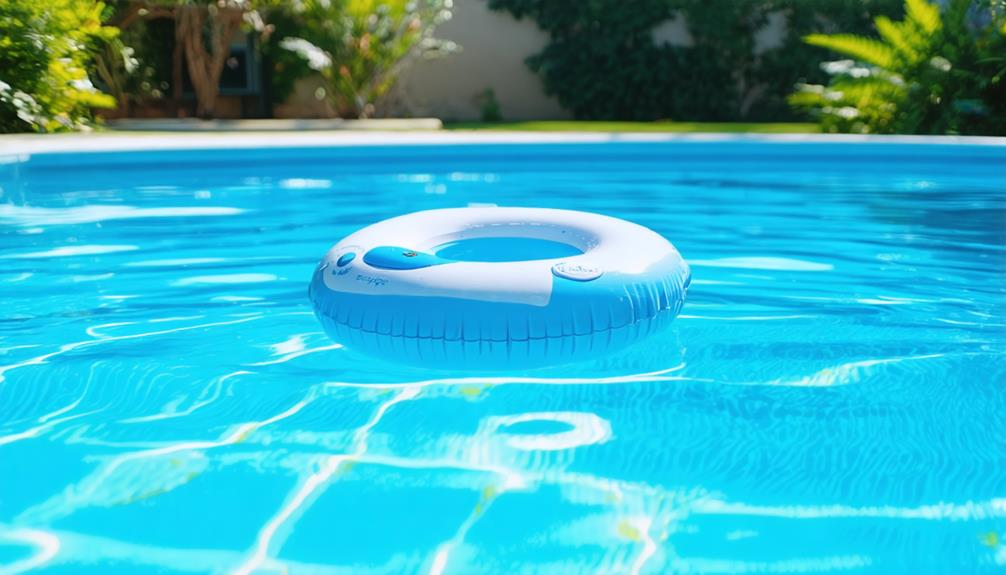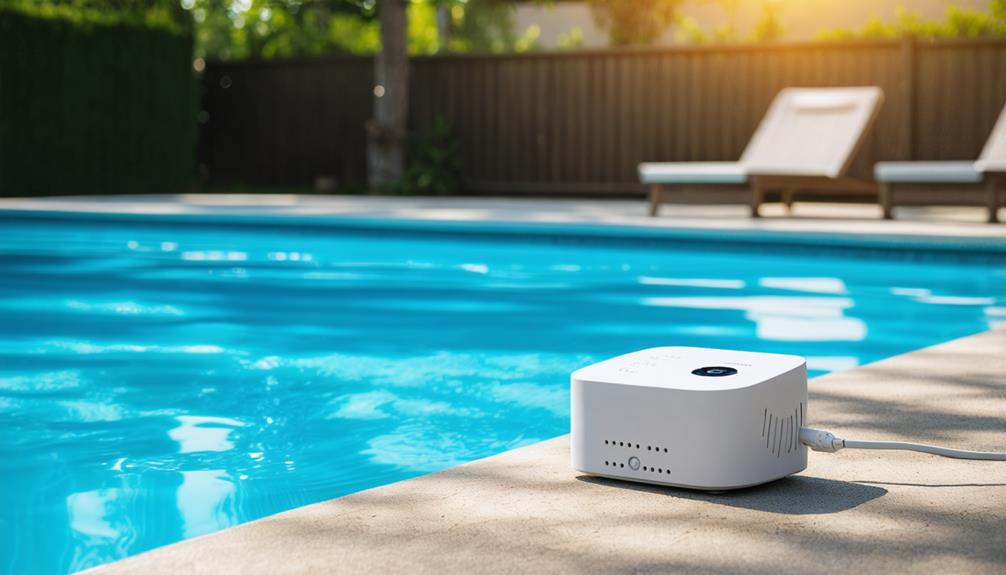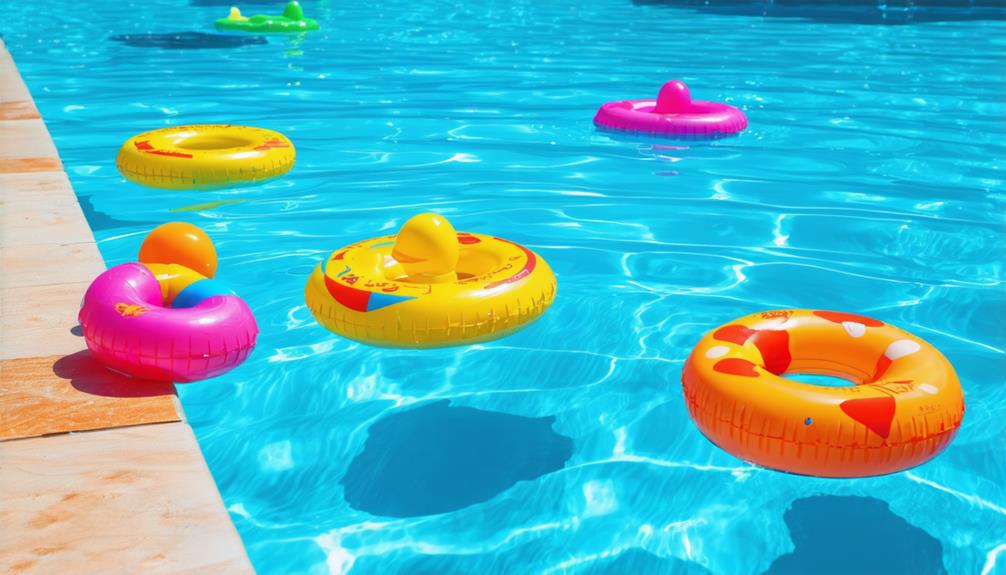
Brainstorm Security Shop

For Orders Over $99

On Any Of Our Products

Details On Refund Page

In today’s world, ensuring the safety of children around water has become paramount, and a pool child alarm have emerged as a vital tool in this endeavor. These sophisticated devices, equipped with advanced sensor technology, serve as vigilant guardians by detecting unauthorized water entries. However, with a myriad of options available—from surface wave sensors to wearable systems—choosing the right alarm can be a daunting task. What are the critical features that make these alarms indispensable, and how do they integrate into a comprehensive safety strategy? The answer might just redefine your approach to pool safety.
How crucial is it to ensure safety around swimming pools? The significance cannot be overstated, as drowning remains a leading cause of unintentional injury-related deaths among young children. Ensuring robust drowning prevention measures is vital for any pool owner.
The first line of defense is vigilant child supervision. Guardians and parents must maintain constant visual contact with children while they are in or near water, recognizing that distractions can lead to tragic outcomes in mere seconds. It is essential to avoid multitasking and ensure that supervising adults are not engaged in activities that could divert their attention from the pool area.
Furthermore, establishing clear safety protocols can significantly reduce risks. This includes educating children about water safety and the importance of adhering to pool rules.
Installing barriers such as fences with self-latching gates can also play a critical role in preventing unsupervised access to the pool. Additionally, pool owners should consider implementing structured swimming lessons, which can enhance children’s water competency and contribute to overall safety.
Beyond supervision and physical barriers, technology offers an additional layer of protection to enhance pool safety. Pool child alarms employ advanced sensor technology to detect unauthorized or accidental water entries, thereby reducing the risk of drowning incidents. These devices are designed to alert caregivers immediately upon detection of unusual activity in the pool area, providing valuable seconds for intervention.
There are various alarm types available, each utilizing distinct sensor technologies to ensure effective monitoring. Surface wave alarms, for instance, rely on sensors that identify disruptions in water movement, triggering an alert when significant waves are detected.
Subsurface alarms, on the other hand, are installed below the waterline and use pressure sensors to recognize changes in water pressure caused by a child entering the pool.
Furthermore, wearable alarms offer another dimension of protection by incorporating sensor technology directly into wristbands or clothing. These alarms activate when submerged, sending a signal to a base unit or a caregiver’s device.
Each alarm type is designed to suit different pool environments and user preferences, allowing for tailored safety solutions. By understanding how pool child alarms work, caregivers can make informed decisions to enhance the safety of their pool environments.

When selecting a pool child alarm, certain key features should be carefully evaluated to ensure optimal safety and functionality.
First and foremost, the type of monitoring technology employed is crucial. Advanced systems often utilize sonar or infrared technology, which can accurately detect disturbances in the water. Such features are designed to promptly alert caregivers to potential incidents, thereby enhancing response times in critical situations.
Another vital consideration is compliance with regulatory standards. It is imperative that the pool alarm adheres to national and local safety regulations, which are designed to ensure reliability and effectiveness. Products that meet these standards are typically subjected to rigorous testing, thereby offering an added layer of assurance to consumers.
Additionally, the range and sensitivity of the alarm are key factors. A reliable device should have adjustable sensitivity settings, allowing it to accommodate varying pool sizes and environmental conditions. This ensures the alarm functions accurately without frequent false alerts.
Lastly, ease of use and maintenance should be considered. A user-friendly design, coupled with straightforward maintenance procedures, can significantly enhance the overall experience.
Selecting a pool child alarm with these key features will contribute to a safer aquatic environment for children.
Proper installation and setup of a pool child alarm are crucial to its effective operation and can often dictate the reliability of the safety system. With various alarm types available in the market, such as surface wave detection alarms and sub-surface disturbance alarms, understanding the specific installation requirements for each type is essential in ensuring optimal functionality.
Each alarm type may come with its own set of instructions, which should be closely followed to prevent any lapses in performance. To begin with, carefully read the manufacturer’s manual accompanying the alarm device. This manual will provide specific installation tips tailored to the alarm type you have selected.
For surface wave detection alarms, ensure the sensors are positioned correctly at the pool’s surface, avoiding obstructions that could interfere with wave detection. In contrast, sub-surface disturbance alarms require accurate placement beneath the water to detect any significant disturbances effectively.
Additionally, testing the alarm post-installation is a critical step. This involves simulating conditions that the alarm is designed to detect, ensuring that it triggers appropriately. Regular maintenance checks and battery replacements are also vital to maintaining the alarm’s reliability over time.

Selecting an appropriate pool child alarm is pivotal to enhancing safety measures in aquatic environments. With various alarm types available, choosing the right one requires an understanding of specific features and functionalities tailored to your needs.
Alarm types primarily include surface wave sensors, subsurface disturbance alarms, and wearable monitoring systems. These vary in their detection methods and suitability for different settings.
Each alarm type serves distinct purposes, and selecting the right one involves evaluating the pool environment and the specific safety requirements to ensure optimal protection.
The testing frequency for child safety alarms should be regular to ensure alarm reliability. Monthly checks are recommended to verify operational effectiveness, thereby maintaining the highest standards of safety and preventing potential hazards in child-protected environments.
When assessing above ground compatibility, it is essential to ensure the alarm adheres to safety regulations. Pool child alarms are generally suitable for above-ground pools, provided they meet the specific regulatory standards for effective child safety measures.
The integration of smart technology in child safety alarms facilitates seamless compatibility with smart home systems. When comparing safety features, these advanced alarms offer enhanced monitoring capabilities and real-time alerts, thereby improving overall effectiveness and parental peace of mind.
Regular maintenance and battery replacements are essential for optimal functionality. Adhering to installation guidelines and safety regulations ensures reliability and effectiveness, safeguarding against potential hazards and maintaining compliance with industry standards for safety devices.
The effectiveness of such alarms in extreme weather conditions depends on their design and build quality. Weather impact can affect alarm reliability, necessitating devices specifically engineered to withstand harsh environments for optimal performance and safety assurance.
Ensuring pool safety is paramount, particularly for children, and pool child alarms are vital components in this effort. By employing advanced sensor technologies, these devices effectively detect unauthorized water entries and provide timely alerts, thereby significantly reducing the risk of drowning. Key features such as sensitivity, ease of installation, and compatibility with different pool types should be carefully considered. Selecting the appropriate alarm system enhances the protective measures necessary for maintaining a secure aquatic environment.
Brainstorm Security Shop
1867 Caravan Trail
Ste 105
Jacksonville, FL 32216
Call us toll free: (800) 859-5566